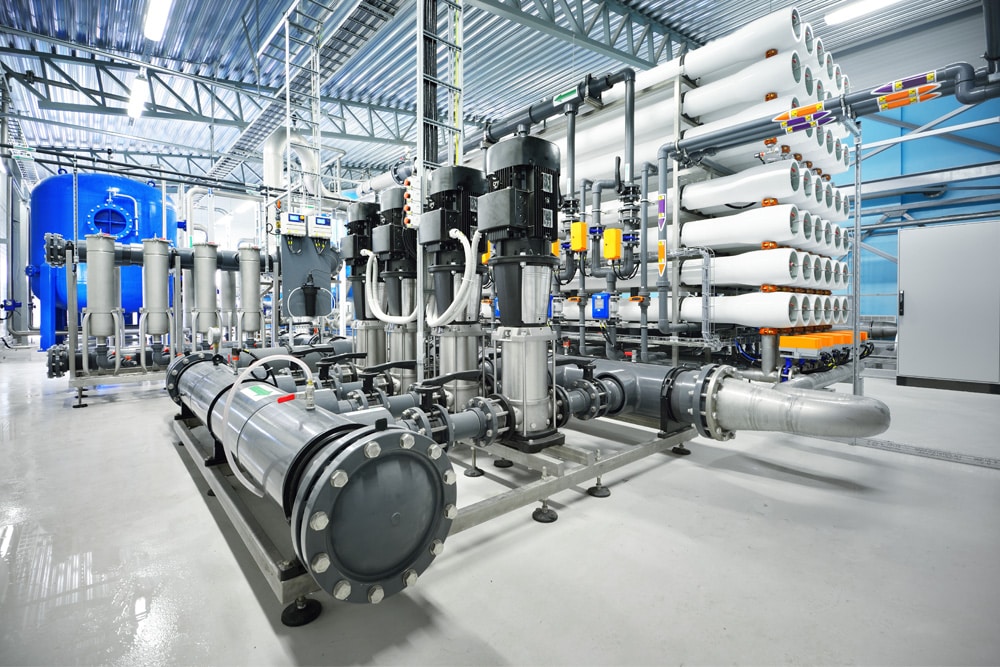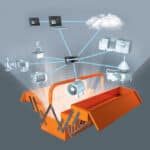The purpose of an Industrial Internet of Things (IIoT) platform is to facilitate integration and enable digitalisation across a whole operation, says expert Freddie Coertze. Which is why it is typically positioned as a middleware layer between an operation’s industrial equipment and enterprise systems.
“To understand where an IIoT platform will fit into your current operation, it is important to understand its role,” says Coertze, who is the National IoT Business Development Manager for ifm Australia. “The IIoT platform is responsible for collecting data from sensors and machines, processing and analysing the data, and providing insights and control over the industrial processes. It facilitates the value of this information by enabling communication and integration between different systems.”
According to Coertze, an IIot platform will enable integration with enterprise systems such as ERP (Enterprise Resource Planning), MES (Manufacturing Execution Systems), and CMMS (Computerized Maintenance Management Systems), as well act as a conduit for existing SCADA (Supervisory control and data acquisition) and PLC (Programmable Logic Controller) layers in an industrial organisation’s architecture.
“This enables complete visibility into a factory or plant’s operations. Normally, the layers of these systems are not integrated and in fact it can be incredibly expensive to achieve that integration,” explains Coertze. “This is what an IIoT platform solves. Any of these systems can pull data and insights out of the one platform.”

Importantly, an IIoT platform uses a common language of communication that can connect between different systems, including legacy equipment.
“This communication within the operational architecture is key,” says Coertze. “An IIoT platform enables communication between legacy equipment that uses different communication protocols as well as newer equipment that uses standard protocols such as MQTT – a standards-based IoT messaging protocol – and OPC UA – a machine-to-machine communication protocol.”
Additionally, an IIoT platform can act as a sentinel over industrial data.

“It can provide an organisation with security and governance over their data, ensuring the data is protected as well as compliant with the relevant regulations and standards,” says Coertze. “It can simplify this aspect of a business, which is becoming increasingly complex for operations to manage.”
In fact, Coertze says it is the “complexity that digitalisation poses” that prompted ifm to build its IIoT platform, moneo.
“We designed this to act as a middleware that can fit into existing systems and one that is self-service. Our goal with moneo has to been to simplify the digitalisation process for industrial operations – regardless of their size or requirements – and provide a platform that can enable the communication and integration necessary for transitioning into Industry 4.0,” he explains. “It is practically a plug-and-play platform that can help companies reap the benefits of qualified data quickly, and without the need for analytics or data science experts.”
To summarise, Coertze says that an IIoT platform should now be considered a critical component of industrial architecture.
“If an operation tries to build a system in the more traditional way, they simply won’t get the transparency and flexibility needed to support digital operations and gain the visibility they need to improve and remain competitive,” he concludes. “An IIoT platform will provide the connectivity, analytics, and control required to optimise operations. It is fundamental to the digital transformation of an industrial operation.”
To learn more about the moneo platform please click here.
Or to access a free trial, you can register here.






